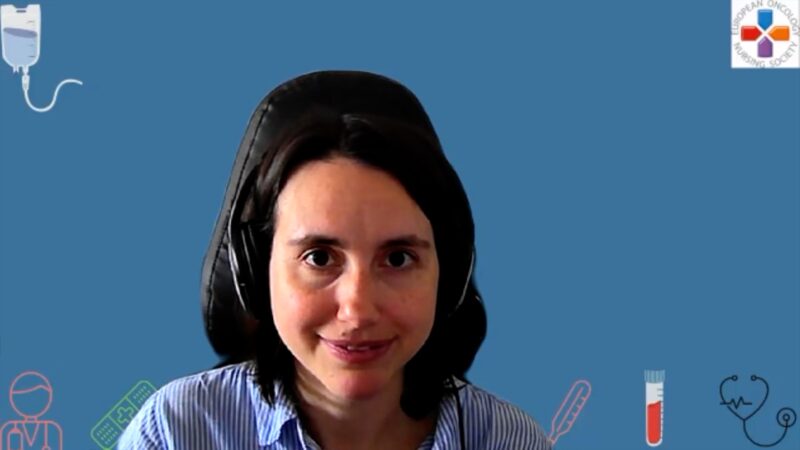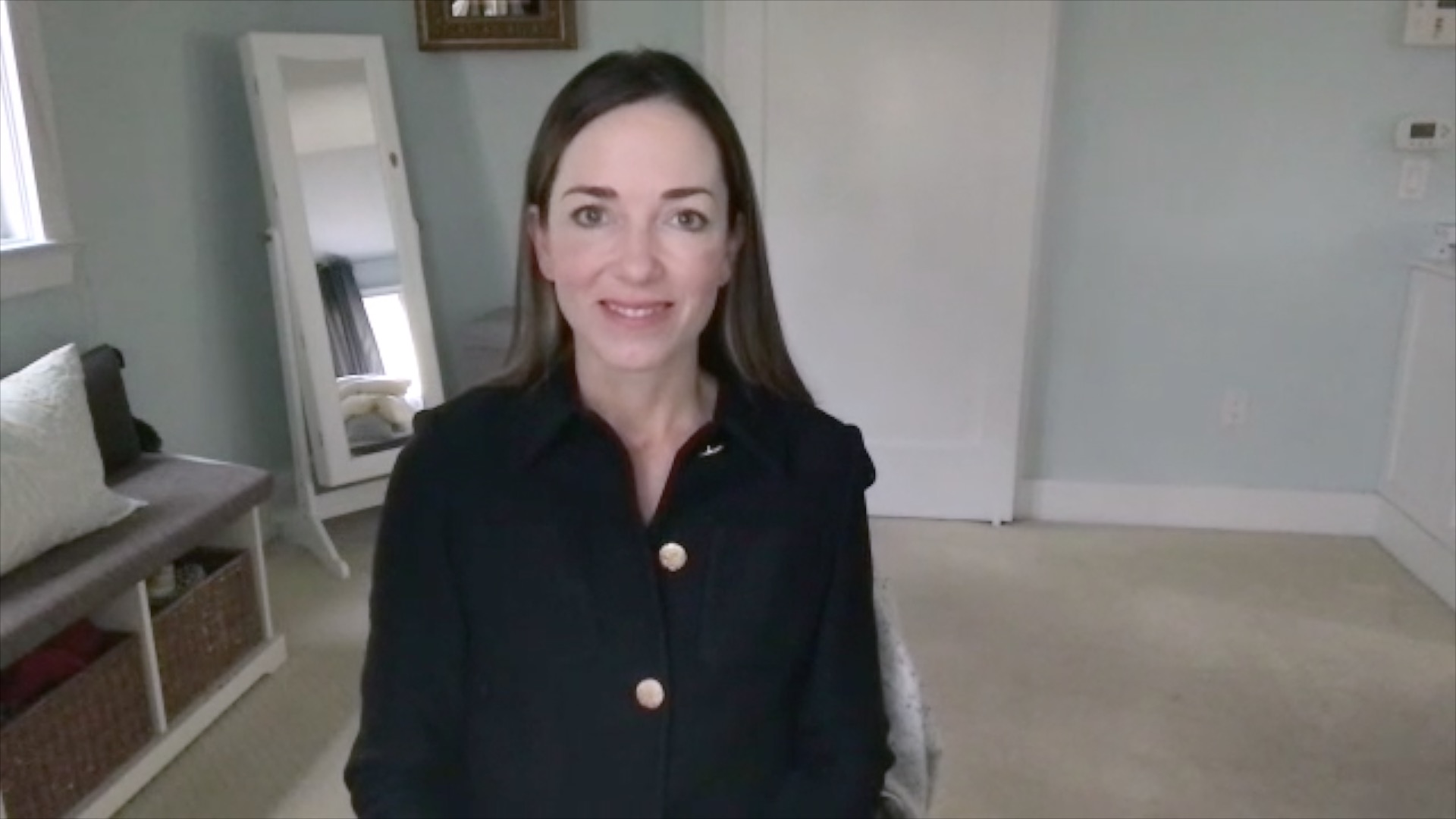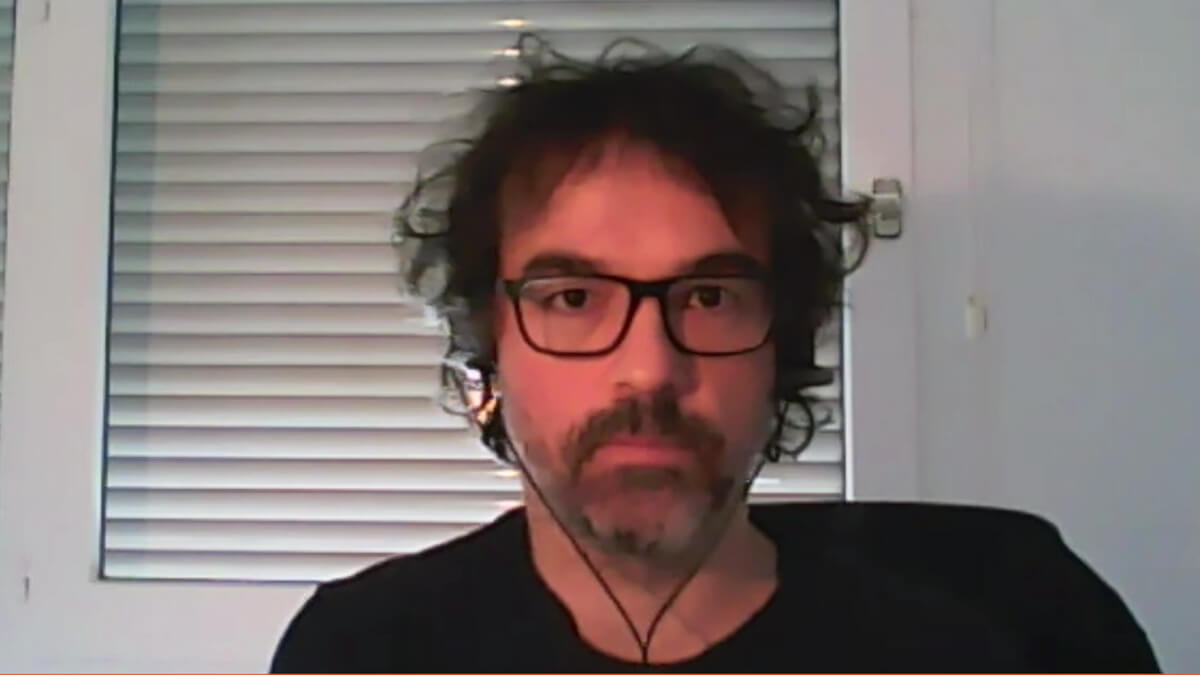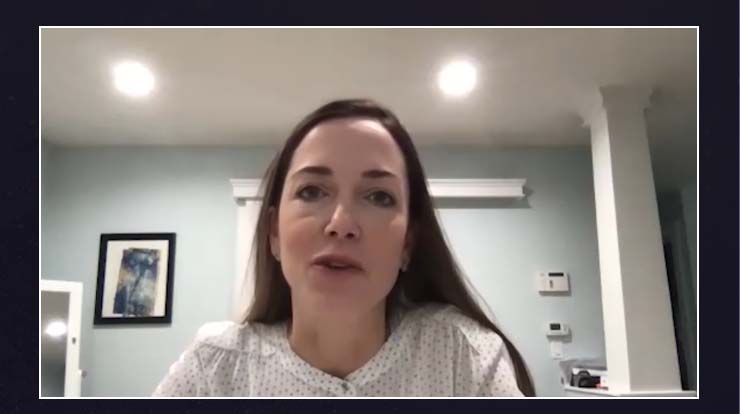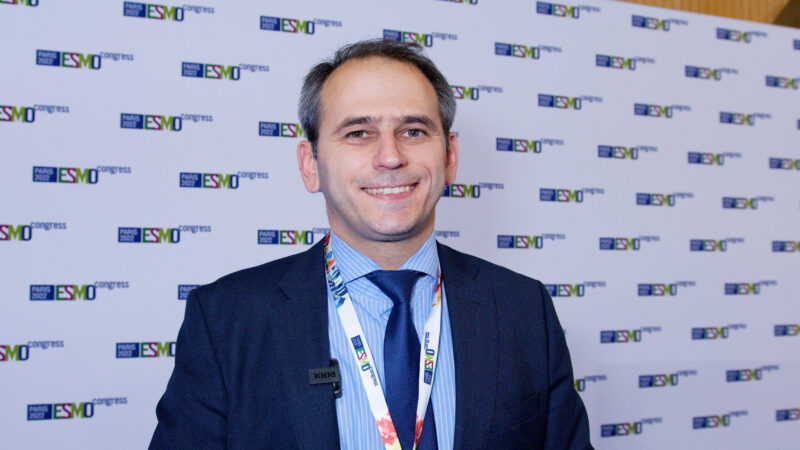touchIN CONVERSATION
 A relaxed discussion between two faculty focussed on real world clinical issues. Useful tips below will show how to navigate the activity. Join the conversation.
Close
A relaxed discussion between two faculty focussed on real world clinical issues. Useful tips below will show how to navigate the activity. Join the conversation.
Close
 A relaxed discussion between two faculty focussed on real world clinical issues. Useful tips below will show how to navigate the activity. Join the conversation.
Close
A relaxed discussion between two faculty focussed on real world clinical issues. Useful tips below will show how to navigate the activity. Join the conversation.
Close
Navigating the evolving treatment landscape in mTNBC: What are the key considerations for clinical practice today?
- Downloads including slides are available for this activity in the Toolkit
Learning Objectives
After watching this activity, participants should be better able to:
- Evaluate clinical evidence for the use of immune checkpoint inhibitors (ICIs) in PD-L1-positive mTNBC in the first-line setting and its applicability to clinical practice
- Translate the latest clinical evidence for approved and emerging antibody–drug conjugates (ADCs) for patients with mTNBC into current and future clinical practice
- Outline the potential for targeted therapy with poly (ADP-ribose) polymerase (PARP) inhibitors in the BRCA-mutated TNBC treatment landscape
Overview
In this activity, Prof. Peter Schmid, a breast cancer specialist, and Dr Marleen Kok, a medical oncologist, discuss the evolving treatment landscape in the management of metastatic triple negative breast cancer (mTNBC). They consider the mechanisms of action, the current clinical efficacy evidence for immune checkpoint inhibitors (ICIs), antibody–drug conjugates (ADCs) and poly (ADP-ribose) polymerase (PARP) inhibitors, and how to personalize treatment. The discussion is guided by pre-canvassed questions provided by the breast cancer clinical community.
This activity is jointly provided by USF Health and touchIME. read more
Target Audience
This activity has been designed to meet the educational needs of oncologists, including breast cancer specialists involved in the management of triple negative breast cancer.
Disclosures
USF Health adheres to the Standards for Integrity and Independence in Accredited Continuing Education. All individuals in a position to influence content have disclosed to USF Health any financial relationship with an ineligible organization. USF Health has reviewed and mitigated all relevant financial relationships related to the content of the activity. The relevant financial relationships are listed below. All individuals not listed have no relevant financial relationships.
Faculty
Prof. Peter Schmid discloses: Advisory board or panel fees from AstraZeneca, Bayer, Boehringer Ingelheim, Celgene, Eisai, Merck, Novartis, Pfizer, Puma Biotechnology and Roche. Grant/research support from Astellas, AstraZeneca, Genentech, Novartis, OncoGenex, Roche and Medivation.
Dr Marleen Kok discloses: Advisory board or panel fees from AstraZeneca, Bristol Myers Squibb, Daiichi Sankyo, Merck Sharp & Dohme, and Roche. Speaker’s bureau from Gilead Sciences; Bristol Myers Squibb and Roche (relationships terminated).
Content reviewer
Kaitlin Hendrix, MSN, APRN, AOCNP has no financial interests/relationships or affiliations in relation to this activity.
Touch Medical Directors
Holly Gilbert-Jones and Kathy Day have no financial interests/relationships or affiliations in relation to this activity.
USF Health Office of Continuing Professional Development and touchIME staff have no financial interests/relationships or affiliations in relation to this activity.
Requirements for Successful Completion
In order to receive credit for this activity, participants must review the content and complete the post-test and evaluation form. Statements of credit are awarded upon successful completion of the post-test and evaluation form.
If you have questions regarding credit please contact cpdsupport@usf.edu.
Accreditations
Physicians
This activity has been planned and implemented in accordance with the accreditation requirements and policies of the Accreditation Council for Continuing Medical Education (ACCME) through a joint providership of USF Health and touchIME. USF Health is accredited by the ACCME to provide continuing medical education for physicians.
USF Health designates this enduring material for a maximum of 1.0 AMA PRA Category 1 CreditTM. Physicians should claim only the credit commensurate with the extent of their participation in the activity.
The European Union of Medical Specialists (UEMS) – European Accreditation Council for Continuing Medical Education (EACCME) has an agreement of mutual recognition of continuing medical education (CME) credit with the American Medical Association (AMA). European physicians interested in converting AMA PRA Category 1 CreditTM into European CME credit (ECMEC) should contact the UEMS (www.uems.eu).
Advanced Practice Providers
Physician Assistants may claim a maximum of 1.0 Category 1 credits for completing this activity. NCCPA accepts AMA PRA Category 1 CreditTM from organizations accredited by ACCME or a recognized state medical society.
The AANPCP accepts certificates of participation for educational activities approved for AMA PRA Category 1 CreditTM by ACCME-accredited providers. APRNs who participate will receive a certificate of completion commensurate with the extent of their participation.
Date of original release: 29 September 2022. Date credits expire: 29 September 2023.
If you have any questions regarding credit please contact cpdsupport@usf.edu.
To obtain the CE/CME credit(s) from this activity, please complete this post-activity test.
Claim Credit- Downloads including slides are available for this activity in the Toolkit
You may also be interested in...

Register to touchONCOLOGY for FREE
- Peer-reviewed journals and expert opinions
- Interactive CME and e-learning modules
- Video conference highlights








